The value "a" is the side length of the tetrahedron. Replace the a with the side's value and calculate the surface area of a regular tetrahedron.
The value "a" is the side length of the octahedron. All you need is the side of a regular octahedron and then replace it with a.
Same story but with a different shape. To find the surface area of a regular icosahedron, you need to know is the length of a regular icosahedron and then replace the "a" with the value of the length to find the surface area.
Dodecahedron
The formula to find the surface area of this polyhedron is a bit different than above. To find the surface area, you will need the side length as well as the apothem of the regular dodecahedron. The surface area of the dodecahedron is the product of the side length, apothem, and 30.
Cube
The above formula is used to find the lateral area of a cube which is pretty simple. Square the value of a side and then multiply the value with four.
The above formula is used to find the total area of a cube which is also simple. Same step, square the value of a side and then multiply the value with six.
Cuboid is like a cube but with different dimensions. The a,b, and c in the above diagram represents the dimensions of a cube.

Perimeter of the base
To calculate the lateral area of a prism, multiply the perimeter of the base with the height of the prism.
To find the total area of a prism, you need to add the lateral area and the area of the base which is multiplied by 2.

 Perimeter of the base
Perimeter of the base
 Apothem of the pyramid
Apothem of the pyramid
 Apothem of the base
Apothem of the base


To calculate the lateral area of a pyramid, you require the perimeter of the base as well as the apothem of the pyramid. The lateral area will be half of the product of the perimeter of the base and apothem.

The total area of a pyramid will be the sum of the lateral area and the base area.

 Perimeter of the larger base
Perimeter of the larger base
 Perimeter of the smaller base
Perimeter of the smaller base
 Apothem of the truncated pyramid
Apothem of the truncated pyramid
 Area of the larger base
Area of the larger base
 Area if the smaller base
Area if the smaller base

A truncated pyramid is a type of pyramid. The lateral area would be half of the sum of the perimeter of the larger base and smaller base which is then multiplied by the apothem.

The total area of a truncated pyramid is the sum of lateral area, area of the larger base, and area of the smaller base.
The lateral area of a cylinder is equal to the product of the two pi, the radius of the cylinder, and the height of the cylinder.
To calculate the lateral area or total area of a cone, you need to know the slant height of the cone. Here you can use the Pythagorean theorem to find the slant height. The lateral area of the cone is the product of pi and radius and the slant height.
The total area is the product of pi and radius and the sum of slant height and radius.
The total area of a truncated cone will be equal to the product of pi, slant height, and the sum of base radius and top radius.
The total area of a truncated cone will be equal to the sum of lateral area, top circle area, and the base circle area.
The surface area of a sphere is equal to the four times pi and square of radius.
The surface area of the spherical lune will be equal to the four times pi multiplied to the central angle of the spherical wedge and divided by

.
To find the area of the spherical cap, you will need the sphere's radius. You can use the above formula to calculate the radius of the spherical cap.
The area of the spherical cap will be two times pi multiplied by the radius of the sphere and height of the spherical cap.
The area of the spherical zone will be the product of two pi, radius of the sphere, and height.
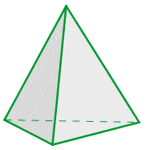

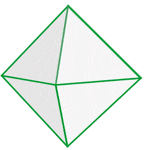











 Perimeter of the base
Perimeter of the base


 Perimeter of the base
Perimeter of the base Apothem of the pyramid
Apothem of the pyramid Apothem of the base
Apothem of the base



 Perimeter of the larger base
Perimeter of the larger base Perimeter of the smaller base
Perimeter of the smaller base Apothem of the truncated pyramid
Apothem of the truncated pyramid Area of the larger base
Area of the larger base Area if the smaller base
Area if the smaller base

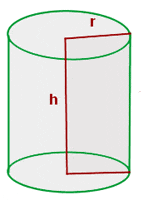






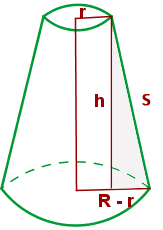




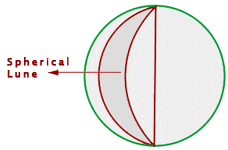

 .
.







Interested learning more
Hello,
the solution of Exercise No.3 …volume 1 = 30m3
and the last fraction is 30/0.24 = 125